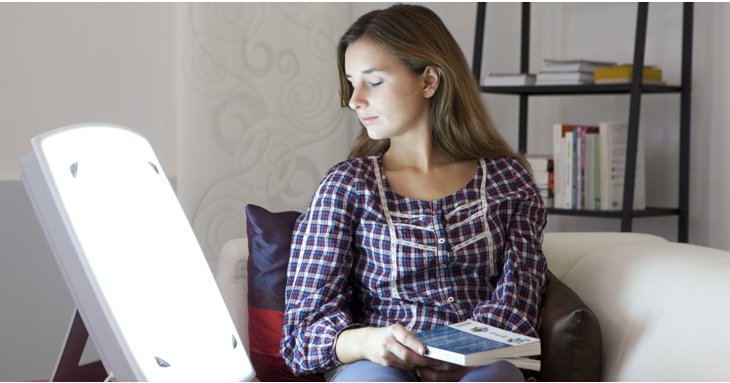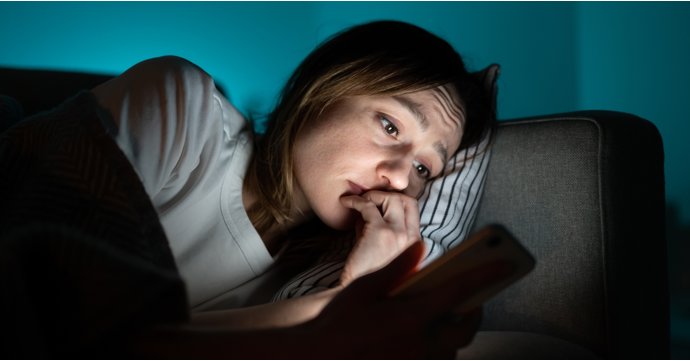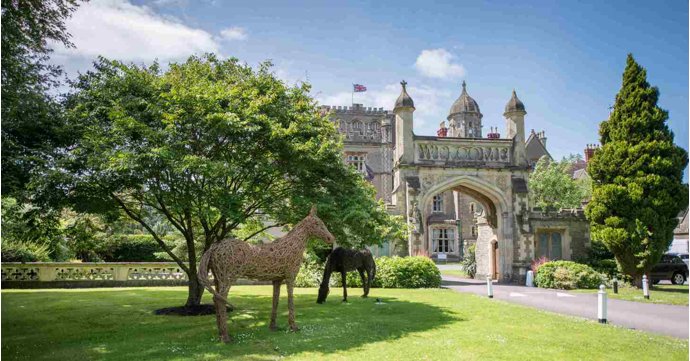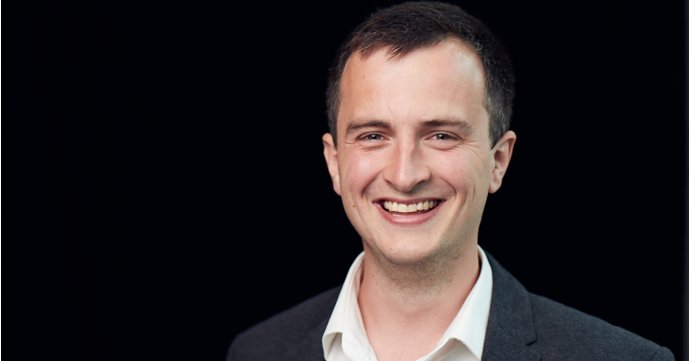According to the NHS, seasonal affective disorder - or SAD - affects two million people in the UK and more than 12 million across northern Europe, so the potential impact of creating indoor light that helps people feel better is clear.
SoGlos speaks to Jason Wilkin of Gloucestershire-based RAY Lighting about its light bulb technology, which it says will feel like a little bit of ‘sunshine indoors’, and why it is so important to our health and wellbeing.
Tell us about your background.
I studied electronics and started my career in the RAF as an electrical technician. I have always been fascinated by technology and how it works.
I went on to spend almost two decades in lighting installations, building successful companies from the ground up and working with everyone from famous footballers and TV stars, through to Nobel prize winners and royalty all over the world.
I also became fascinated by the ill effects of the lights most of us used in our homes and offices. As well as the aesthetics of what truly beautiful light can
achieve and also how it makes us feel.
What sparked your fascination with lighting?
I am one of those people who feels the impact of poor lighting. I have been light sensitive my whole life and have struggled with the introduction of synthetic, poor-quality LED light technology, which has increased anxiety and agitation.
I am also dyslexic and the evolution of cheap, blue-based LED light sources made it especially hard for my reading and learning ability, with migraines and poor sleep. I simply thought there must be a way to do it better and I began to seek solutions. I have written about this 'flicker factor' in detail on our blog.
I developed an interest in what makes good lighting and why certain lights can affect people’s moods and lead to them feeling down, having headaches and even depression. When you think that people spend almost 95 per cent of their time indoors, with more of us staying at home or working in artificially-lit offices, you begin to see how better lighting could have a significant impact.
So that research led to you co-founding RAY Lighting with business partner Simon McCune?
We both felt strongly that lighting should feel natural, not artificial, uncomfortable or over-stimulating - and certainly not synthetic. Simon also had an instinct that more could be done to revolutionise the existing choices.
He had formerly worked with Nobel Prize winner, Shuji Nakamura, who first harnessed the use of LED in a lighting application. He was a passionate advocate for the technology, with a great depth of understanding about its makeup. He also shared my belief that light should contribute to the health and wellbeing of the people who enjoyed it. Light should not be a hinderance to people, by nature it is both beautiful and uplifting.
Simon felt strongly that a full range of products was required to cover what is a vast range of applications – from homes to offices, hospitals to education centres, hotels to exhibition centres.
So once we had the technologies to
overcome the concerns and had managed to get them 'A', working together
and 'B', small enough to fit inside lightbulbs, we began to develop the full range
– including shrinking it all down to make stunning LED strip.
With his global contacts and trade connections, Simon knew he could find a voice in the market once the right family of products was created.
Can you go into a bit more detail about the product at the heart of RAY Lighting?
RAY has created a dual lighting range that is not only exceptionally beautiful, it also eliminates the health concerns surrounding both excess blue light and flicker in LED. Bringing together the very latest technology, experts in design and – crucially – the science of nature, RAY has created the world’s healthiest electric light source.
It is a light source that compares to sunlight on many levels. Its BlueBalance™️ LED chip technology means your body clock is free to align with the sun’s organic rhythms and free from artificial manipulation; reduced flicker (as low as zero) means less stress and anxiety biological responses; and full-spectrum detail means stunning colour and texture with a CRI of 97 per cent-plus. Sunlight is 100.
But also – crucially – it's a light that incorporates that vital fourth dimension which I had initially sensed was missing: the unrivalled feeling of natural light.
What we think we have achieved is as close as you will get to bringing sunlight into your house or workspace.
Can you explain what 'flicker' means and why it affects so many artificial lights?
Another health concern with LED lights is the hitherto unavoidable flicker. Many LED bulbs flicker as much as 100 per cent, while the market leader is deemed to be around 40 per cent.
This is generally imperceptible to the human eye, but because the brain still processes it via the eye’s photoreceptors, it is associated with many health and wellbeing concerns, from ADHD and epilepsy to anxiety and insomnia.
RAY’s Flicker Free Bridging Technology smooths the current flow, reducing flicker to as low as zero in virtually every product in the ranges.
This has even been micro-engineered to work within the GU10 model, which is a popular bulb often used in kitchen downlights, which tests at between just one and eight per cent flicker.
Does RAY Lighting own this technology?
We have a couple of noteworthy trademarks. All our products have BlueBalance™️ Technology which balances and removes the harmful blue light. The second is a well-being trademark – BeWellBulb™️. We do also own all our own product designs and modular combinations.
RAY Lighting's customers include some pretty big names in the business world already.
We began by targeting some London contacts and have been working our way along the M5 and are only now beginning to talk to companies in Gloucestershire. We have just done an office for Microsoft in London and we have been working with upscale American lifestyle hotel chain, W Hotels. These businesses also needed the light to be environmentally friendly, too.
Other names include Watch House, the coffee house which has just invested heavily in London. Companies like coffee houses get it because it's not just about a coffee, it’s about coffee in a nice environment where the mood lighting feels right, one in which a customer is comfortable and wants to stay for that second coffee.
Our lighting was also used in the Warner Bros film Empire of Light, directed by Sam Mendes, which was amazing as they loved the colour accuracy and high contrast from our lighting but mostly appreciate the zero flicker for their 120fps cinematography.
Is RAY's technology just for businesses and big companies?
We want to make this technology available to anyone. You can buy a single bulb, if you want, for your desk lamp. But ultimately we want to start a revolution in lighting.
We wanted RAY to be a commercial success, of course, and some of that is about education - letting people know what it can do for them, that it will not just better light their home, work or office space, but even removing those other issues of blue light - and it is simply the environmentally friendly choice because it is low energy. This really is an ultimate win-win.


















